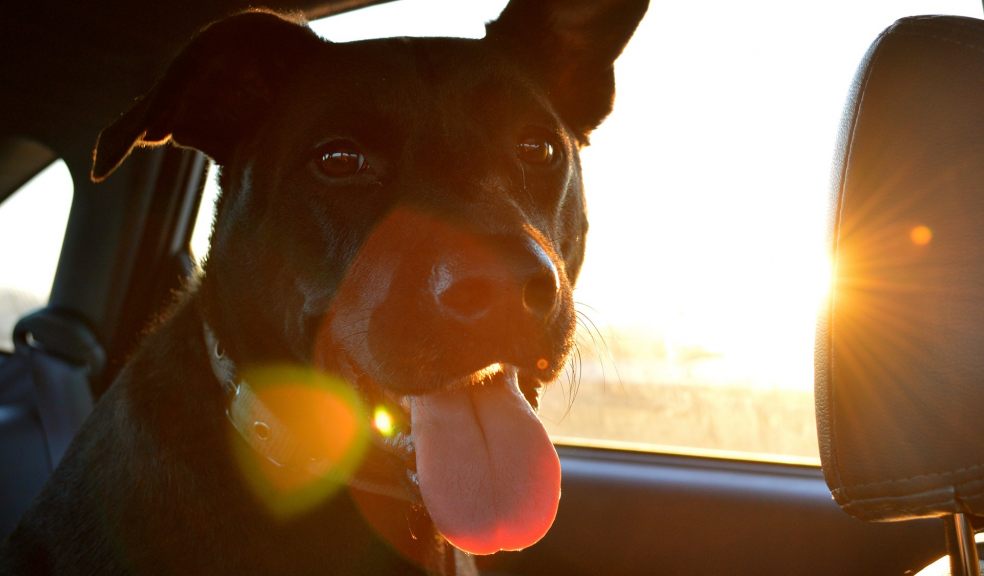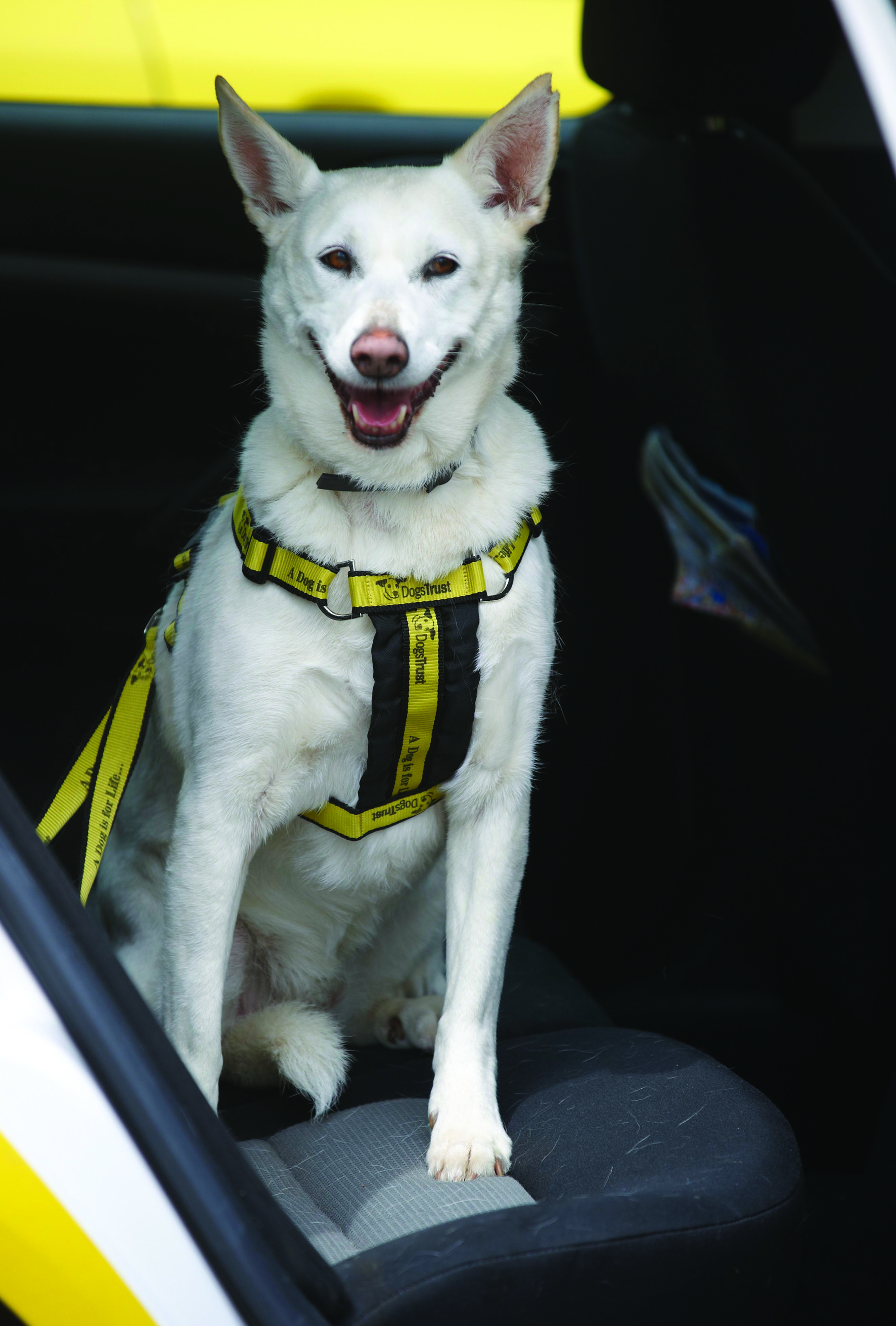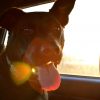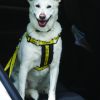
48% of dog owners in Devon could be breaking the law
As people take to their cars this August Bank Holiday, Dogs Trust, which has a Rehoming Centre in Ilfracombe, is launching ‘The Houndway Code’ a car safety awareness campaign after new research revealed that 17% of dog owners regularly travel with their dog unrestrained in the passenger seat of their car and 5% even reaching into the backseat to interact with their dog whilst at the wheel.
The survey also revealed that nearly half of dog owners in Devon who drive with their dogs in the car, are unaware that they are breaking the law and not abiding by the highway code by not suitably restraining their dog whilst driving.
The results show that almost three quarters of owners do not restrain their dogs with a harness whilst in the car and 20% admitted to finding them a distraction with 14% saying they had to take their hand off the wheel to restrain their four-legged passengers
- 79% of dogs in the region have no formal training on how to behave in the car
- 83% of people believe that having a dog in the car is dangerous
- 83% believe their dog enjoys car journeys
Dr Rachel Casey, Director of Canine Behaviour and Research for Dogs Trust explains: “Dogs are such an important part of people’s lives so it’s understandable that owners want to take them out and about with them.
"However, our survey shows many people don’t know the safest way to travel with their dogs and some are even unwittingly breaking the law by letting their dogs roam around the car whilst they are on the move. Fortunately, Dogs Trust Dog School is on hand to provide some handy tips on the best way to make your bank holiday trip with your pooch as smooth as possible.”
Dogs Trust Dog School’s handy tips for taking your four-legged family members on car trips with you this bank holiday and in the future:
There's a legal obligation for dogs to travel safely and they must be secured and not in the front of the car.
Dogs should be secured within the boot with a guard blocking access to the car passenger interior or within a crate/cage securely positioned within the boot or, if you use a harness for your dog, ensure that it is appropriately sized and correctly fitted. The dog should travel on the back seat and the harness should be secured to the seat belt attachment
If your dog is getting used to car travel, place something that smells very much of you/your dog in with him to help him feel secure - blanket/bed/pillow cases etc. - as the smell of this can give comfort and reassurance
Ensure that your dog has plenty to drink so they don’t become dehydrated and do not leave a dog alone in a car.
Introduce the car gradually, making getting in and out and wearing the harness a positive experience before starting to travel.
If you use a harness for your dog, ensure that it is appropriately sized and correctly fitted. The dog should travel on the back seat and be secured to the seat belt attachment.
Dogs Trust advise securing a dog behind the front passenger seat and NEVER behind the driver in case they get hold of clothing etc. and cause the driver to GAP lose control of the vehicle.
Make sure your dog gets used to the car gradually on varied trips, start on short journeys and finish at home so the dog has a positive association with the journey. It’s important to not just take them to the vets as they may develop negative associations with the car.
Train your dog to wait calmly before being asked to jump out of the car every time. This is important as it could be dangerous if he or she jumped out into a road with traffic, for example if you were to travel into a busy area or break down on a main road. Make sure they always get in out of the car in a controlled manner.



















